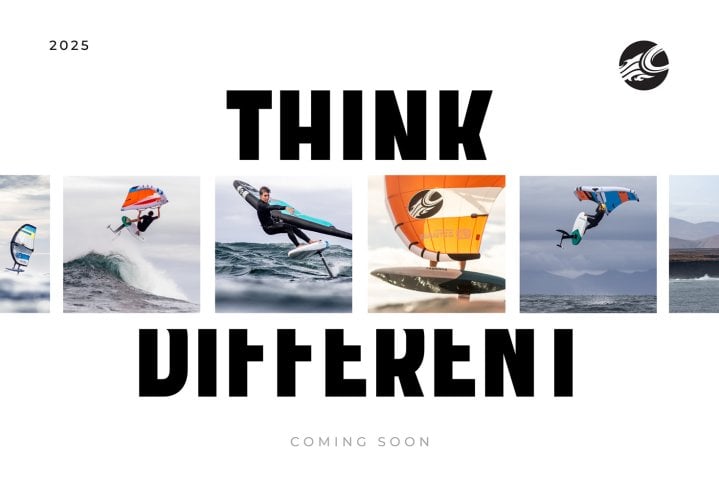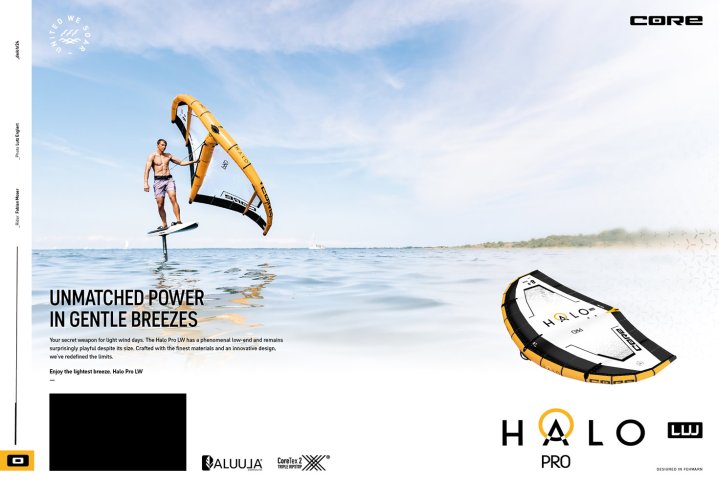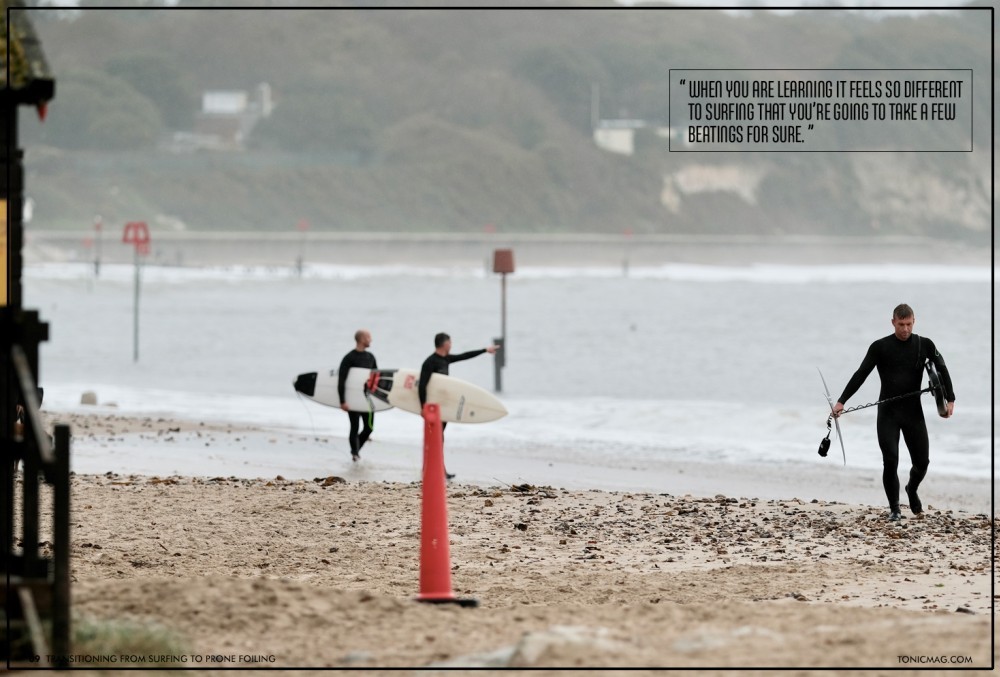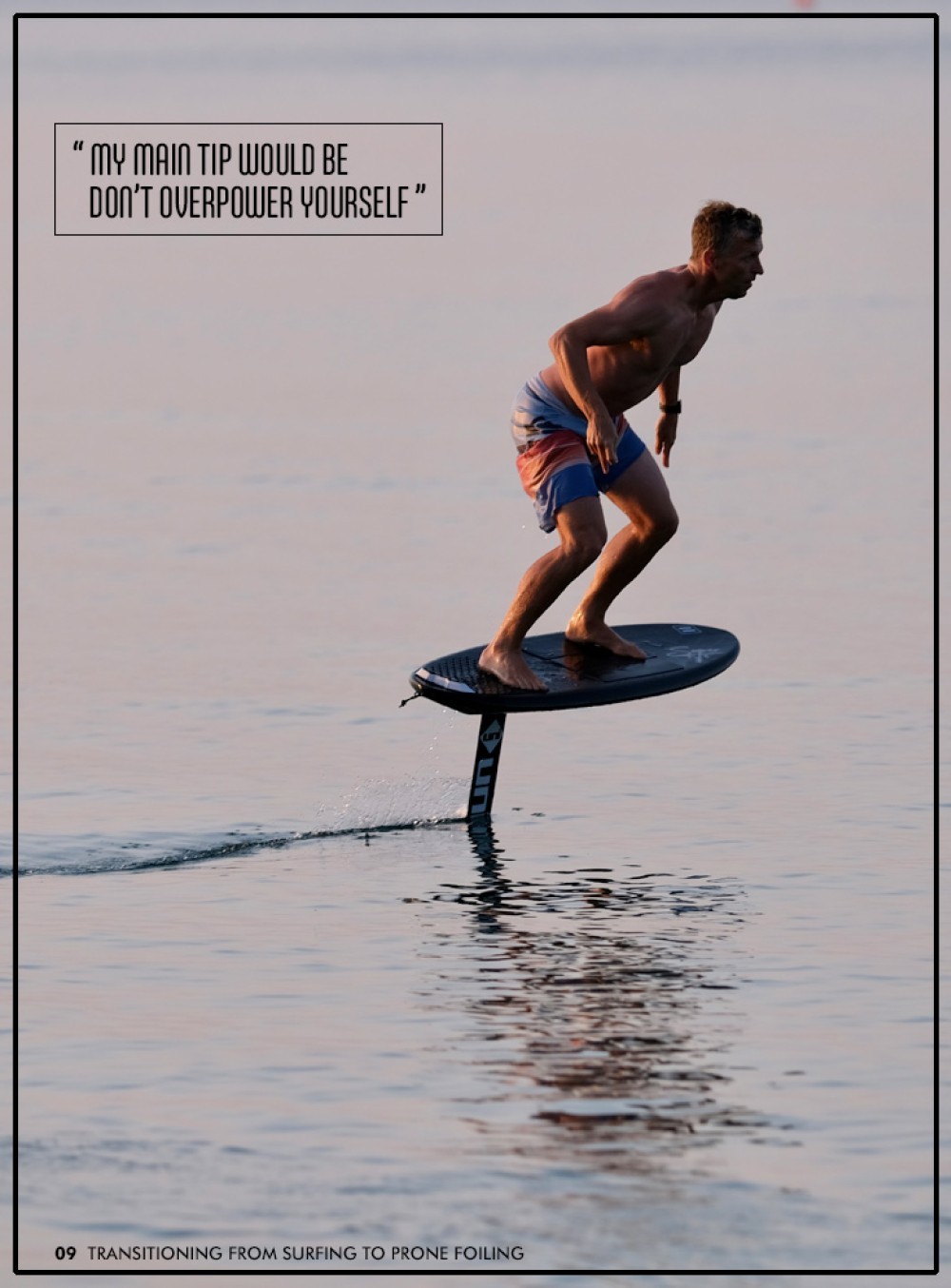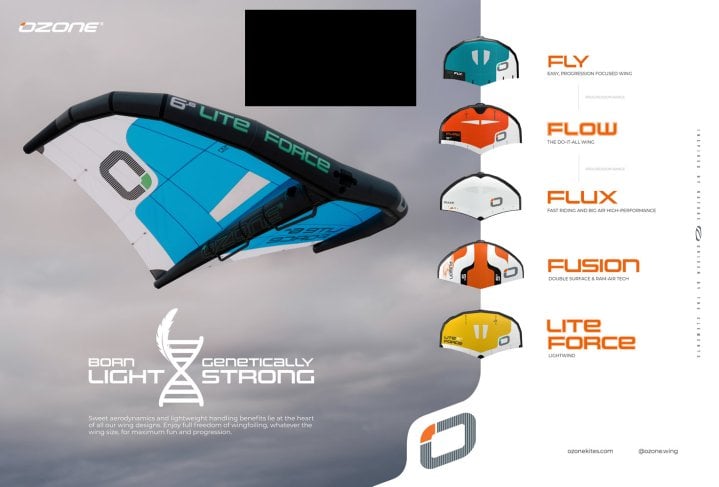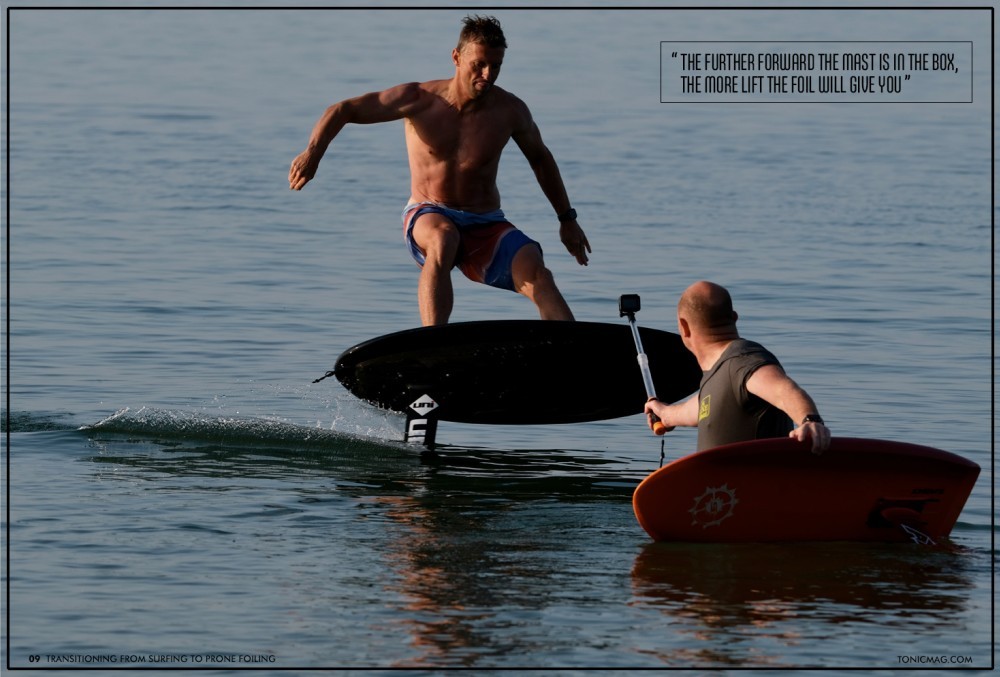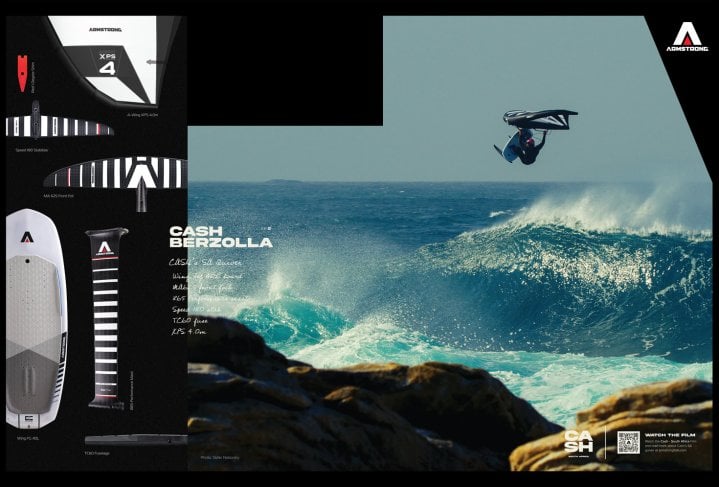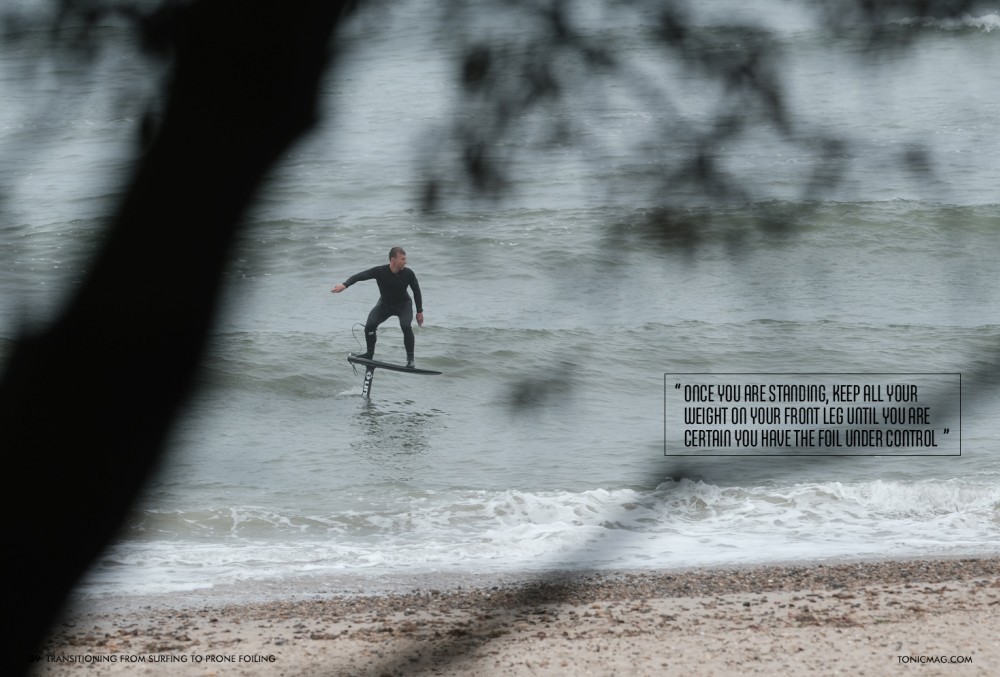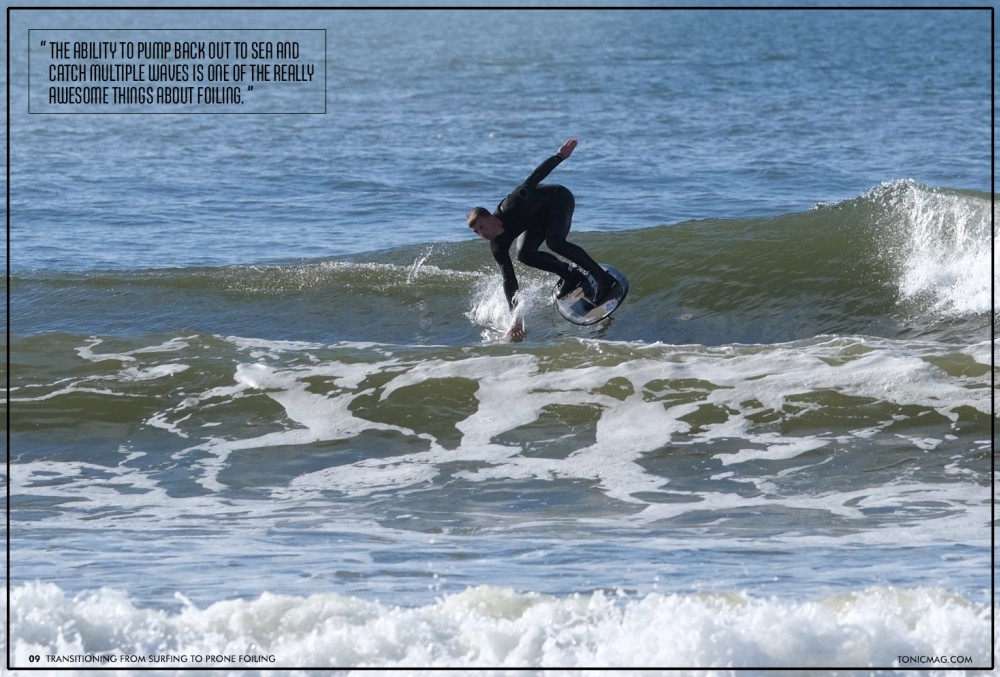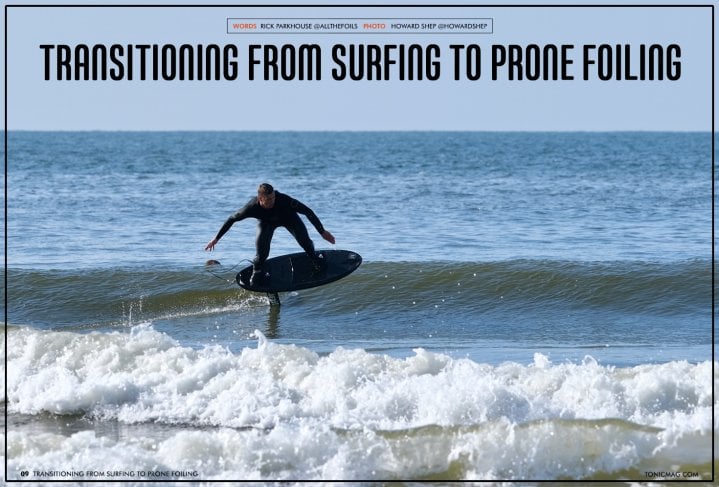
Transitioning from Surfing to Prone Foiling
Issue 9 / Tue 17th Aug, 2021
Rick Parkhouse is arguably one of the best prone foilers in the UK. In this insightful article Rick tells us how he got hooked on the foil & fills us in on his top 10 tips!
Rick Parkhouse is arguably one of the best prone foilers in the UK. As soon as there is even a touch of swell in Dorset Rick can be seen shredding on his Unifoil gear. In this insightful article Rick tells us how he got hooked on the foil & fills us in on his top 10 tips!
Two years ago, after 30 years of surfing a shortboard, I bought a hydrofoil. I had seen a video of Kai Lenny pumping from wave to wave and it looked awesome. My hometown of Bournemouth is hardly the holy grail of surfing and the weak, sloppy waves are perfect for these new hi-tech wave-riding vehicles. Riding a foil, I can escape the crowds, and ride the miles of deserted, poorly-defined outer sandbars that back off into deeper water that used to frustrate the hell out of me on a shortboard. In winter, there is something to foil almost every day of the week, and now I have learnt to dockstart even the months long summer flat spells still hold opportunities to have fun and get wet. If you live somewhere with marginal surf, foiling is a total game-changer.
But the transition from riding a shortboard to prone foiling was not as easy as I had thought it was going to be, and there was not very much information online about making that jump as most of the videos I could find focussed on kite or wing foiling rather than paddling in. I have tried to put together the 10 tips that I most wish I had been given before I naively paddled out at Southbourne on my foil for the first time 2 years ago and took some of the heaviest and most humbling floggings I’ve experienced in the water and paddled back in with my tail between my legs!
1. Expect to fail!
You are going to be a kook again for a while no matter how good a surfer you are. I’d been surfing at a decent standard for nearly 30 years before I tried foiling so I arrogantly assumed I’d be able to foil right away. When you are learning it feels so different to surfing that you’re going to take a few beatings for sure. I actually ordered a helmet after my first session because I was worried about the foil hitting my head when wiping out. Stick at it though, because the rewards will come and once you get that first flight you’ll be hooked.
2. Choose the right gear.
There’s loads of choice out there but my main tip would be don’t overpower yourself. You want a wing that won’t lift you out of the water so quickly that you breach before you can control it. If I could learn again, I would have bought a higher aspect foil which doesn’t give as much instant lift as the low aspect foils which seem to be aimed at the beginner market. I think experienced surfers would actually benefit from learning on something like a Hyper 190 or 210, as controlling the lift is the big barrier to entry for former surfers and those wings need more speed before they start to lift and are therefore easier to control. Plus you won’t outgrow them as quickly as your progress. NextLevelSurf in Newquay do Unifoil demo days, so you can find the right size and design for you before you buy which is super helpful.
3. Go behind a boat
If you can (I didn’t, but I reckon it slowed down my learning process massively) try and take your first few flights behind a boat. This is really helpful because when you take out all the variables the waves introduce you can just concentrate on controlling the foil and working out how much front foot pressure you need to keep the foil in the water.
4. Mast placement makes a massive difference.
Basically, the further forward the mast is in the box, the more lift the foil will give you. It also effectively ‘shortens’ the board which can be really helpful for pumping. The high aspect foils need to be as far forward as possible in the box. Low aspect foils might need to be all the way back when you’re learning, as if they’re too far forward they can over-lift as you’re trying to get to your feet. I used to take a key in the water with me so I could adjust it easily and experiment what worked the best.
5. Wave selection is crucial.
You are looking for a completely different type of wave to when you are surfing. This is something the more experienced surfers will struggle with, as it’s ingrained in you to pick the steepest, most powerful looking waves. For learning to foil the perfect wave is 1-2 foot and super crumbly, something that is barely breaking and backs off - basically the worst possible surfing wave. Anything with a pitching lip is out of the question when you are learning. Also, resist the urge to paddle in at the steepest part of the wave. Use the shoulder, or even the whitewater to takeoff.
6. Remember you can’t pearl on a foil.
From a surfing background you know well that you mustn’t have your weight too far forward on the board, especially when taking off, or you will nosedive. On the foil it’s actually helpful to shuffle your chest forward on the board a couple of inches as you are paddling in, as this helps keep the foil in the water as you get to your feet. Once you are standing, keep all your weight on your front leg until you are certain you have the foil under control and it’s not going to breach. This is the bit most surfers struggle with as you’re so used to surfing off the back foot.
7. Don’t angle your takeoff (at least to begin with).
Experienced surfers often do this without thinking, and when learning to foil it can be a bit of a hinderance as it sets the foil on a high line on the wave (which is where all the power is) making it easier to breach the foil. Resist the urge to charge down the line too - keep your weight very centred over your front foot, look straight ahead at the beach and pull a straight-hander until you have the foil under control and you are flying.
8. Don’t turn - look!
On a surfboard you are used to physically driving the board through a turn. On a foil, particularly when learning, you need to remember that it only takes the slightest lean to tip you off balance. Once you are on your feet, heading towards the beach, open your shoulders and just look down the line and you’ll end up going that direction. It really is that subtle a movement initially. (Just as a side-note here I have noticed that my foiling stance is slightly offset, with my front foot slightly off centre to the left and my back foot the opposite - I think this is because it makes it easier to keep your shoulders open and more forward facing when riding)
9. Pumping is very different.
This was the reason I wanted to foil - the ability to pump back out to sea and catch multiple waves is one of the really awesome things about foiling. In surfing, you push down with your front foot when the wave gets weak to help drive your though that section, and it is your instinct to do the same on a foil. However, foil pumping is actually much more about unweighting your back foot (allowing the foil to rise in the water) than it is about pressing down with your front foot. Imagine the foil doing a dolphin-motion in the water. That is what you’re trying to achieve. As you unweight your back foot, to the point where your heel comes off the board, the foil will rise up in the water column. Suck both your knees up to your chest and then glide and repeat. There shouldn’t be any downwards push other than gravity acting on your body weight - this will push the nose of your board down and you will lose altitude and sink. You never want the board to go past the point where it is parallel to the water.
10. Don’t think your surfing experience is wasted.
Whilst it sometimes seemed to me that a lot of learning to prone foil was actually “un-learning” to surf, as soon as you have cleared the initial hurdles those years of riding waves are really beneficial. The wave knowledge, paddling fitness and pop-up are all instantly applicable and, once you have learnt to control the foil effectively, cutbacks, foam hits and tight turns are even more fun with the additional speed you have on the foil. Have fun and if you’re even vaguely thinking about giving making the transition from surfing, do it! You won’t look back.
Videos
By Rick Parkhouse


